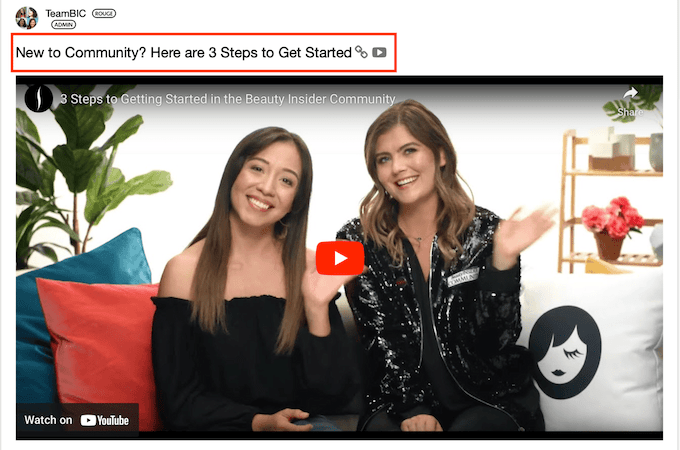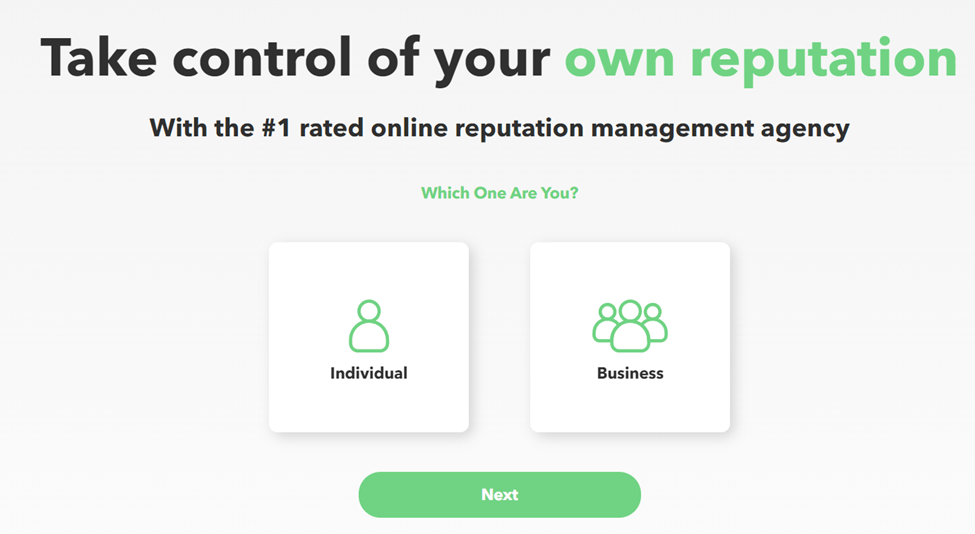

The deficiency is linked to depression and poorer brain function, lower verbal fluency and even dementia.
Vitamin D deficiency is linked to depressive symptoms and more negative thoughts, research finds.
Vitamin D deficiency is also linked to cognitive impairments in young people.
Foods that have high levels of vitamin D include oily fish and eggs but most people get their vitamin D from the action of sunlight on the skin.
That is why levels are typically lower in the body through the winter months in more Northern climes.
The research was carried out on 225 patients being treated for psychotic disorders and 159 well people.
Among people with psychosis, higher levels of negative symptoms and depression were found in those with low vitamin D levels.
Problems with processing speed and verbal fluency were also found among young people with low levels of vitamin D.
The findings fit in with previous research that low vitamin D levels are linked to depression.
The vitamin is also thought to play a role in regulating serotonin, a neurotransmitter important for mood.
Vitamin D deficiency has even been linked to dementia.
The study’s authors conclude:
“In a clinical setting, this could support vitamin D as adjuvant therapy in treating co-morbid depressions in psychotic disorders
The associations between low vitamin D levels and increased negative and depressive symptoms, and decreased processing speed and verbal fluency are good arguments for planning large scale randomised controlled studies in target populations, in order to reach conclusions about vitamin D’s potential beneficial effect in psychotic disorders.”
The study was published in the journal Schizophrenia Research (Nerhus et al., 2016).






 Sephora takes the guesswork out of form completion with a helpful three step video.
Sephora takes the guesswork out of form completion with a helpful three step video. 

